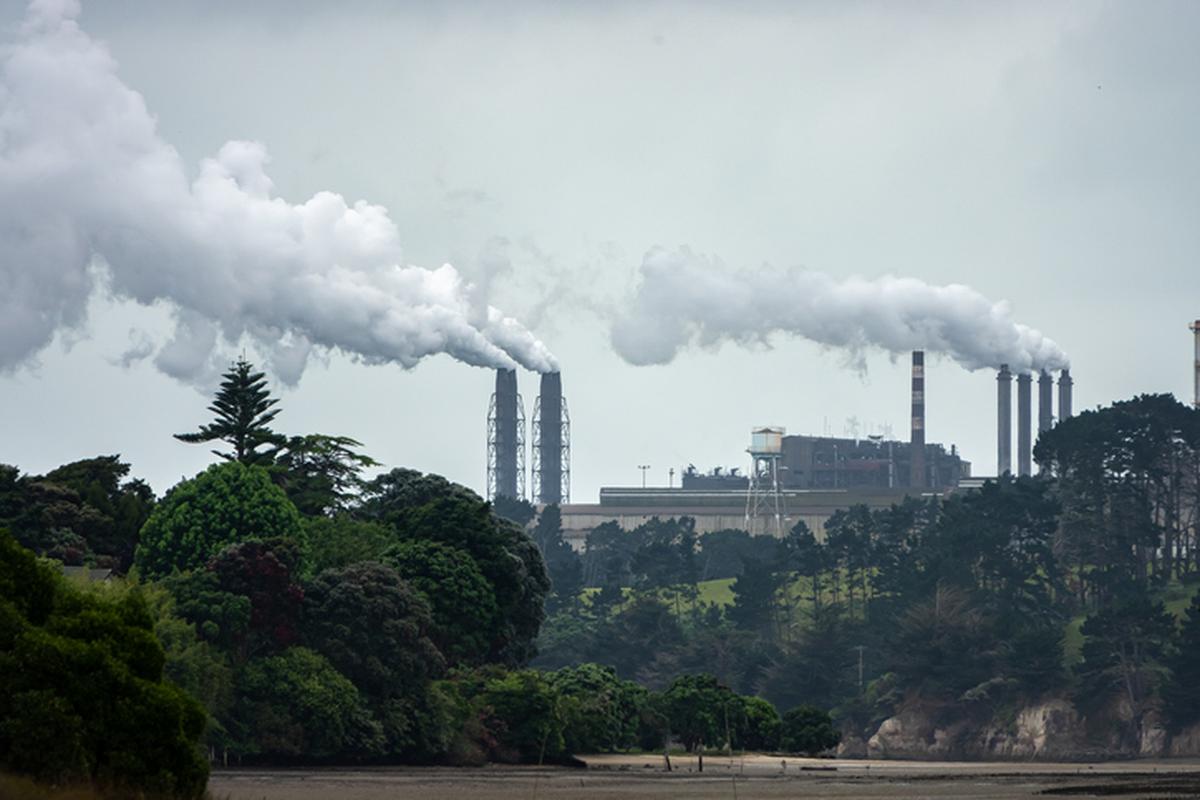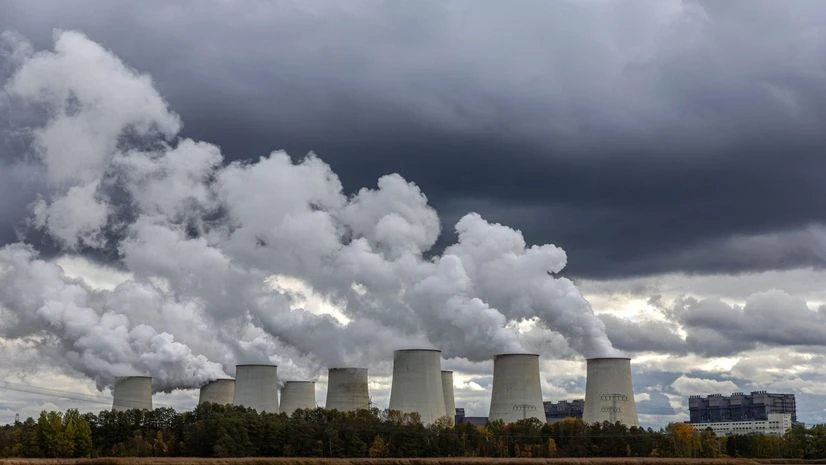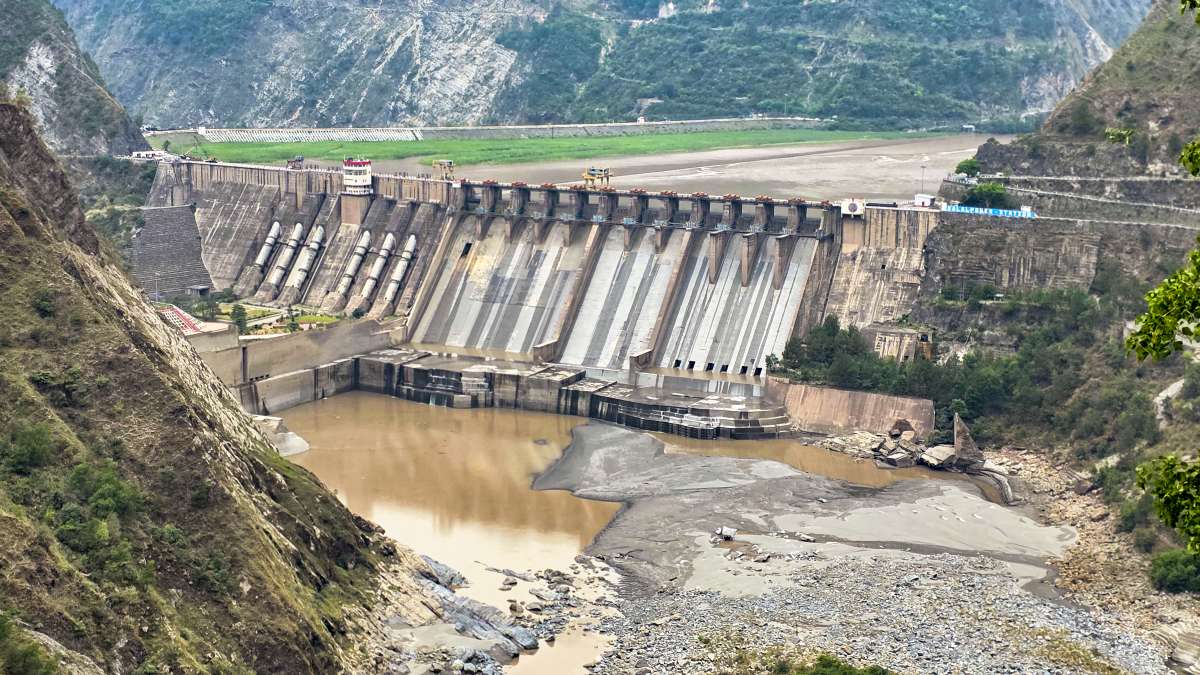India Sets First Emission Intensity Targets for Carbon-Intensive Industries
- bykrish rathore
- 10 October, 2025

On October 8, 2025, the Government of India notified the Greenhouse Gases Emission Intensity Target Rules, 2025, marking a significant step in the country's climate policy. These rules establish the first legally binding emission intensity targets for carbon-intensive industries, including aluminium, cement, pulp and paper, and chlor-alkali sectors. A total of 282 industrial units are required to reduce their greenhouse gas emissions per unit of output (measured in tonnes of CO₂ equivalent per tonne of product) compared to the 2023–24 baseline levels.
The compliance period begins in the 2025–26 financial year and continues through 2026–27. Facilities that achieve emissions below their assigned targets can earn tradable carbon credit certificates, while those exceeding their targets must purchase equivalent credits from the Indian carbon market or pay a penalty. The penalty, termed "environmental compensation," will be twice the average trading price of carbon credits during that compliance year.
This initiative operationalizes the Energy Conservation (Amendment) Act, 2022, which empowered the government to establish a domestic carbon market. It also builds upon India's Perform, Achieve and Trade (PAT) energy efficiency scheme, which had previously set energy-saving targets for industries but not direct carbon limits.
The notified rules specify different emission intensity reduction targets for each sector:
Aluminium: 5.8% reduction
Cement: 3.4% reduction
Chlor-alkali: 7.5% reduction
Pulp and Paper: 7.1% reduction
These targets align with India's commitment to reduce the emission intensity of its GDP by 45% by 2030 from 2005 levels, as part of its Nationally Determined Contributions (NDCs) under the Paris Agreement. The implementation of these rules is expected to drive significant reductions in greenhouse gas emissions from some of the country's most carbon-intensive sectors.
The Central Pollution Control Board (CPCB) will oversee the enforcement of these rules and ensure compliance. This move not only supports India's climate goals but also prepares Indian businesses for international carbon regulations, positioning them to participate in global carbon markets effectively.
)
Note: Content and images are for informational use only. For any concerns, contact us at info@rajasthaninews.com.
"इको-फ्रेंडली इनोवेश...
Related Post
Hot Categories
Recent News
Daily Newsletter
Get all the top stories from Blogs to keep track.










